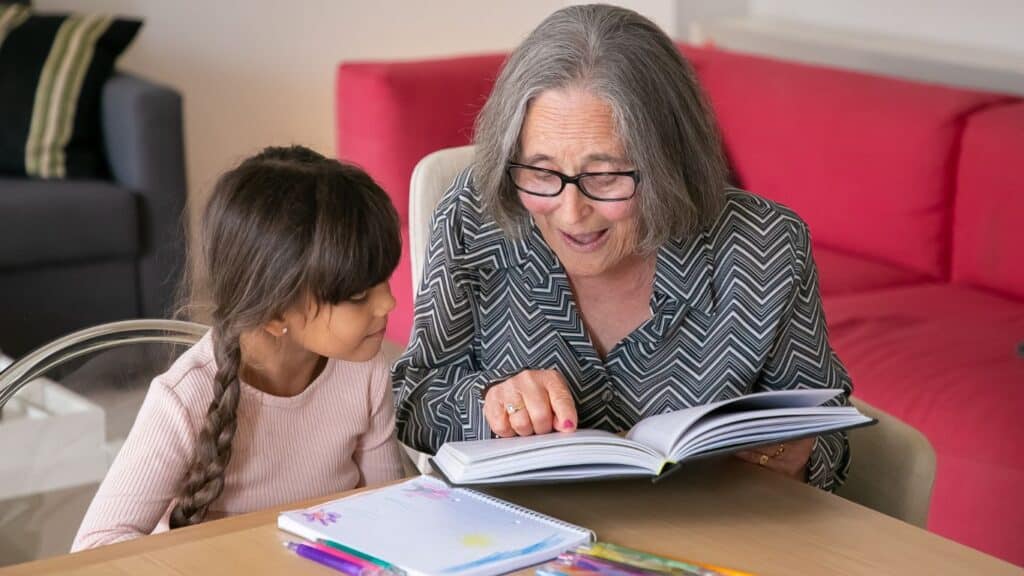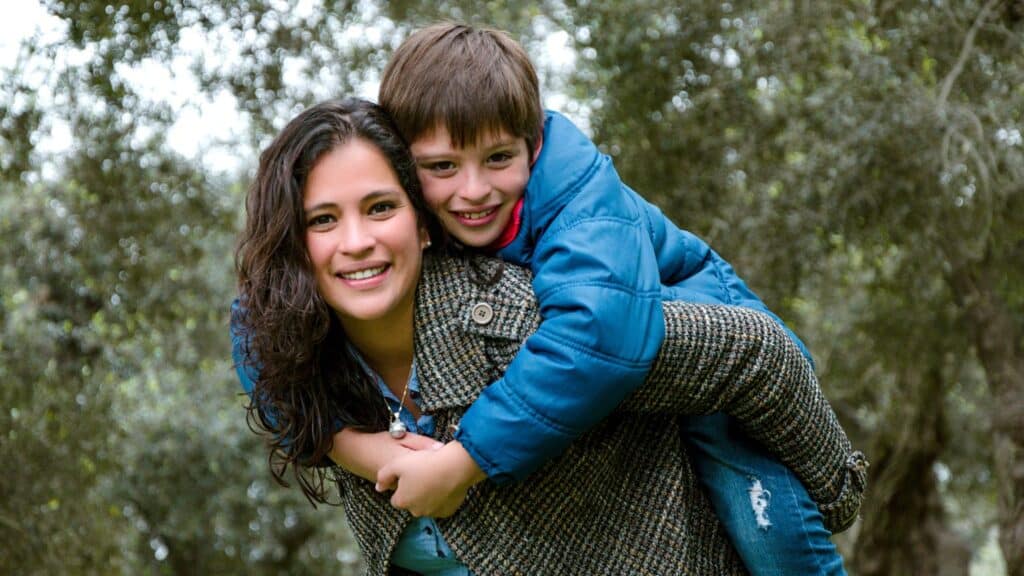We must never forget that moving a child into a new family is a life-altering event for the child. Focus on Adoption magazine asked social worker Judy Archer for her top three recommendations for transitioning children into a new family.
It is almost impossible to narrow down my recommendations to just three. As you know, in my workshop on transitional planning, I outline eight principles of practice, review numerous clinical issues that must be considered when preparing children for transition, and discuss helpful tools and strategies for supporting the child through the entire process, pre- and post-placement. For our purposes here though, here are my top three.
Never forget, it’s life altering
It is important for all involved to remember that transitioning from one home to another is a life-altering event for a child. The minute the child learns that he or she will be moving to a new family all of his or her thoughts, feelings, and memories (both conscious and sub-conscious) of any previous losses or traumas–including previous placements and replacements–will be reactivated. The mind forgets; the body never does.
We must be extremely careful not to move children too swiftly or without due appreciation for the profound impact that the mere thought of moving will have on the child’s entire emotional and physical well-being. The more time and energy invested in preparing the child, and his or her significant others, at this stage of the process, the more successful the transition will be. It’s labour intensive, but it’s critically important.
It takes a team
A successful transition, in my view, is an inclusive process and therefore requires a commitment to a team approach. Transition impacts not only the child but all of the significant others in the child’s life, including his foster parents, foster siblings, and any birth family members with whom the child is in contact.
As much as possible, the child needs the active support and encouragement of each of these people to move. To this end, many professionals and non-professionals play very distinct, pivotal roles in the process–the guardianship worker with whom the child has a meaningful relationship, the adoption worker for the prospective parents, the resource worker for the foster family, the child’s therapist, the teacher with whom the child spends the better part of his day, etc.
In my experience, the more planned and deliberate the communication and collaboration between all parties, the more likely the child’s needs and best interests will be safeguarded, and consensus will be achieved. Through routine team discussions and meetings, for example, problems experienced by the child or any one of the important people in his life can be addressed before they escalate into crises (i.e., when a foster parent has concerns about the new caregiver or when a child has a strong bond of attachment to his guardianship worker and fears losing contact after a move). The old adage, “It takes a village to raise a child” definitely applies here.
Connections are key
There are many variations of nuclear family, wherein children who are no longer living with birth parents are still allowed to have contact with non-custodial parents (i.e., step-families). Transition is a normal part of life: young children transition from home to school; youth transition from parental home to college; children and adults of all ages move from community of origin to other parts of the province or country to live. In none of these situations do we believe that children will make a better adjustment if they sever ties or temporarily avoid contact with family, friends, and people to whom they are attached.
Research shows that when relationships of significance are accepted and preserved, children thrive and prosper (i.e., children of separation and divorce). Why should it be any different for adoption? We already know that loss and transition are extremely stressful, if not traumatic, for the child. It is normal and natural for them to grieve their losses, regardless of the number of pre-placement visits they’ve had.
In spite of the fact that adoption creates the enormous benefits that come with permanency, it can be expected with absolute certainty that the child will miss their former caregivers, and the life they had with them. When adoptive parents are supported in giving children permission to talk about and maintain connections with former caregivers, and in some cases, even their former social workers, the child sees firsthand that in his or her new home, his or her feelings and needs are important. They learn that, just like everybody else going through a transition, they are not disposable, that they are truly loved and valued not just by the new family, but by people from their past.
Connection serves a myriad of functions: it facilitates grief work; it helps the child accept the reality of the adoption placement; it shows the child that, just like everybody else, they are not disposable. And, of equal importance, it facilitates attachment formation between the child and the new parents. Attachment is all about the gratification of needs, emotional as well as physical. The more the adoptive parents gratify the child’s needs, including his need for contact and connection with people from the past – healthy people who support the adoption – the stronger the attachment between the child and the new caregivers will become.
How does it feel?
What do you think it would be like if I were to take you away to a foreign country without any advanced notice whatsoever and tell you, “You must stay there forever. Of course the sights and sounds and even the smells will be very different from those you are accustomed to, but isn’t it wonderful?”
Would you feel any differently if I then said, “Your new family is wealthy and they have a nicer, grander home than yours, a sportier car, more money to spend, and they will love you forever”?
How would you feel if I then announced, “Oh, and by the way, you can’t have any contact with your family or friends back home for the next 6-12 weeks. By severing those ties for awhile, it will be much, much easier for you to accept your new life. It will help you get attached to your new family too – trust me!”
How does it feel? What would you say or do?
Judy Archer, MSW, RSW, has practiced social work for over 30 years, mostly in the fields of fostering and adoption. She has developed numerous training programs and has a successful private practice providing counseling, consulting and training services.





